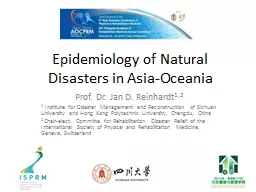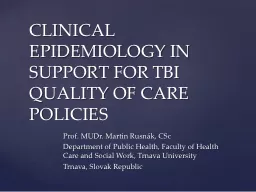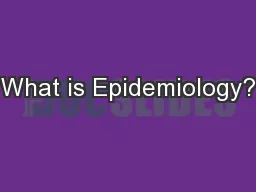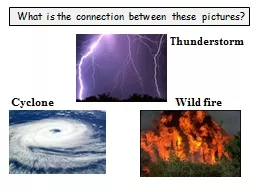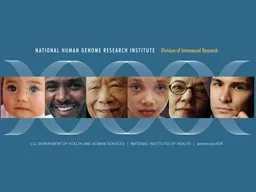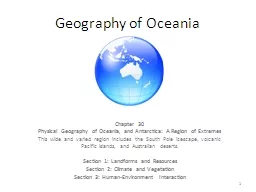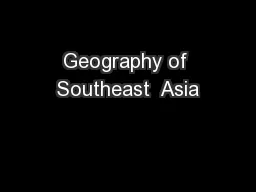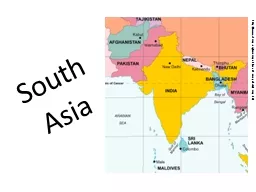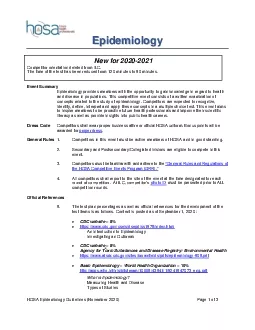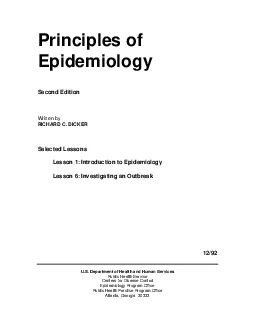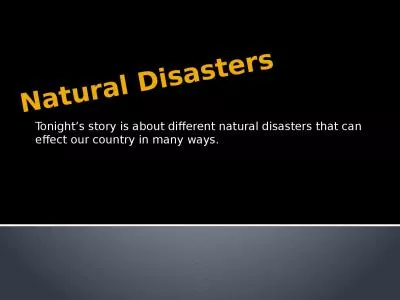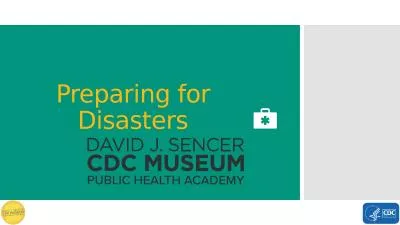PPT-Epidemiology of Natural Disasters in Asia-Oceania
Author : yoshiko-marsland | Published Date : 2017-10-03
Prof Dr Jan D Reinhardt 12 1 Institute for Disaster Management and Reconstruction of Sichuan University and Hong Kong Polytechnic University Chengdu China
Presentation Embed Code
Download Presentation
Download Presentation The PPT/PDF document "Epidemiology of Natural Disasters in Asi..." is the property of its rightful owner. Permission is granted to download and print the materials on this website for personal, non-commercial use only, and to display it on your personal computer provided you do not modify the materials and that you retain all copyright notices contained in the materials. By downloading content from our website, you accept the terms of this agreement.
Epidemiology of Natural Disasters in Asia-Oceania: Transcript
Download Rules Of Document
"Epidemiology of Natural Disasters in Asia-Oceania"The content belongs to its owner. You may download and print it for personal use, without modification, and keep all copyright notices. By downloading, you agree to these terms.
Related Documents

